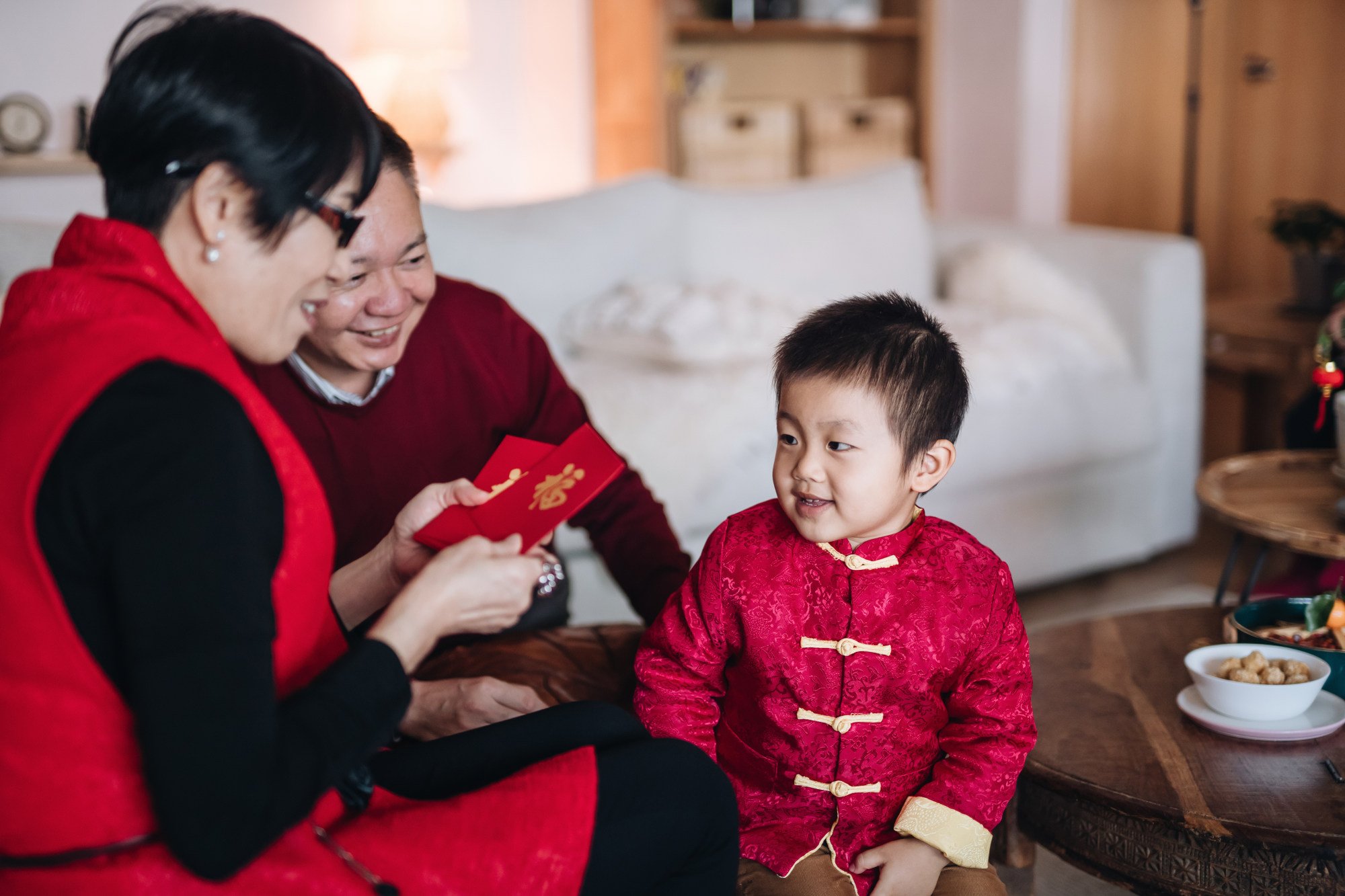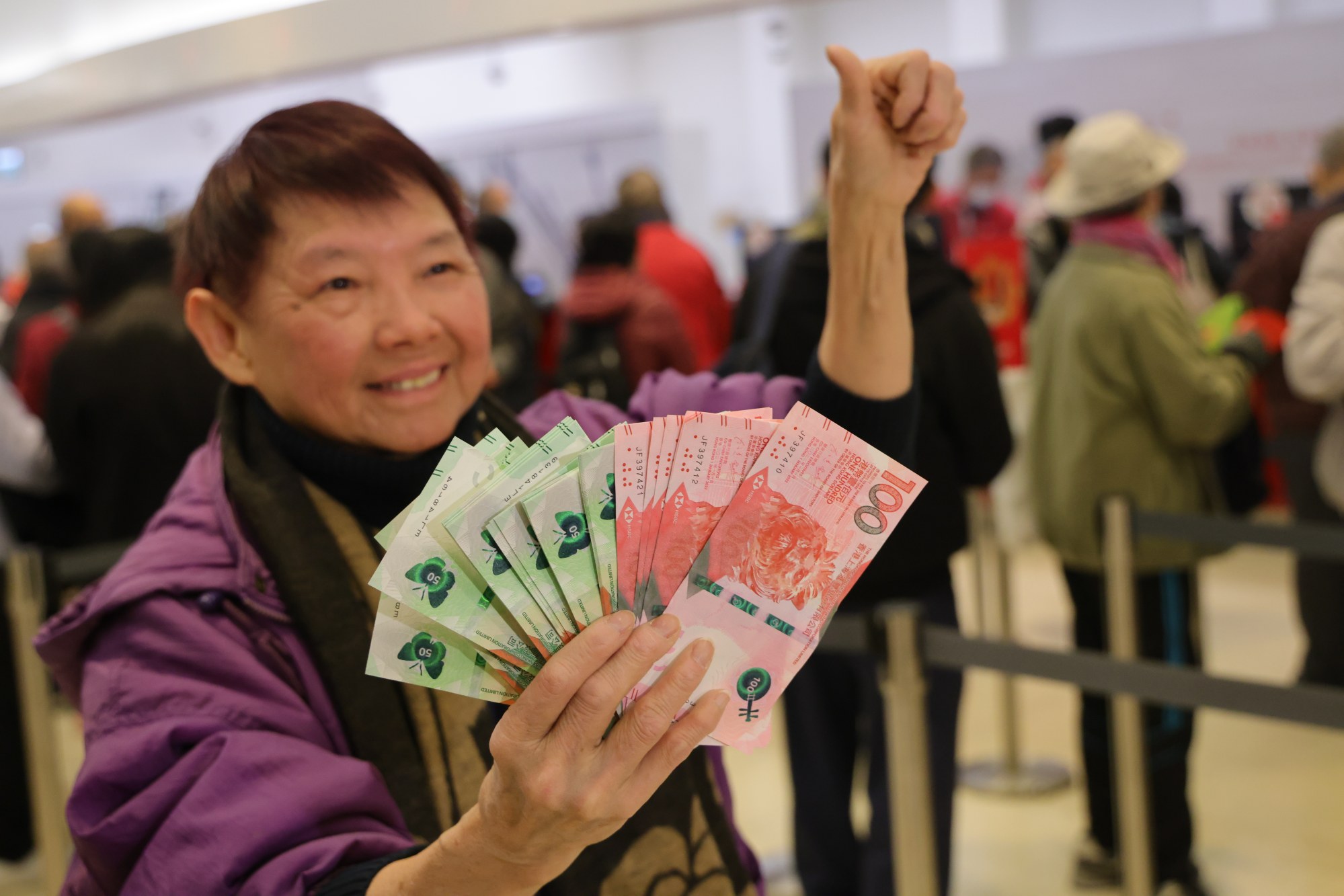Do you really have to give lai see to your siblings? Why do people sometimes give out two red packets? Does any old banknote fit the bill?
We answer all these questions and more so that you can enjoy a stress-free lai see-giving season.
1 When to give lai see
While lai see can be handed out during all auspicious occasions – such as birthdays, weddings and graduations – at Lunar New Year, they should be exchanged between the first and 15th day of the lunisolar Chinese calendar. This year, that means from February 10 to February 24.
Year of the Dragon 2024: is your luck in? All 12 zodiac sign predictions
Year of the Dragon 2024: is your luck in? All 12 zodiac sign predictions
You should plan to give out lai see to your intended receivers as soon as you see them. If you plan on seeing the same person multiple times during this 15-day period, you should give the red packet during your first meeting.
2 Who should give red packets?
In Hong Kong, the responsibility of giving lai see during Lunar New Year falls mostly on married couples, who traditionally hand them out to children, unmarried family members – yes, that includes siblings and cousins, if they are younger than you – and service providers.

If you are divorced (especially with children), you can choose to keep giving lai see, although this differs from family to family.
While single people are not expected to give lai see to family members, they can still give money in certain situations, such as bosses handing out red packets to company subordinates.
That said, nowadays many companies hand out lai see to their employees on their first day back at work after the Lunar New Year break.
Lunar New Year red packets offer a link to Chinese culture, at home or abroad
Lunar New Year red packets offer a link to Chinese culture, at home or abroad
Married or not, it is also customary for people to give lai see to service providers, such as domestic helpers, building security guards, cleaners, waiters and porters.
Generally, those who are older or in authority should give to those who are younger or their juniors.
Elsewhere, guidelines vary a little – for example, in mainland China, some people will start giving hong bao to young children once they start earning.
You can also give red packets to your parents to express your appreciation of them.

3 How much to give
The amount given to each person is up to your discretion, although it should reflect your relationship with them – the closer you are, the more you give. For example, a HK$20 red packet for a waiter would be sufficient, while you might consider giving family members upwards of HK$100.
Typically, people put a single note in each red packet, with the amount being an even number – ideally a multiple of 10 – as odd numbers in Chinese culture are associated with funerals and death. So no US$1 or £5 notes. Each denomination can be put in a specific red packet for easy differentiation.
There are, however, two exceptions to this rule
-
Never give an amount with the number 4 (such as HK$40, HK$400 or HK$444), as the word for four sounds like the word for death in both Mandarin and Cantonese
-
You can give an amount ending with nine (such as HK$99 or HK$999), as the number nine in Chinese sounds similar to “longevity”, symbolising the hope for a long life.
Bad luck in mahjong? 4 game taboos to avoid if you want to win
Bad luck in mahjong? 4 game taboos to avoid if you want to win
4 One lai see or two?
If you are part of a married couple, you may give two red packets to each member of your family: one from you and one from your partner. When giving to others outside your family, such as those who have given you a service, one red packet is sufficient if only you are present.
For ease, you can also give out two red packets at any time, such as if you want to give someone HK$200 (two packets of HK$100) or HK$1,000 (two packets of HK$500).

5 Why the crisp bills?
It is customary to use fresh and uncirculated banknotes, following the tradition of getting rid of the old and preparing a clean slate for the new year.
In Hong Kong, people can exchange bills for new or “good-as-new” notes at banks around the city ahead of the festivities, although in recent years, the government has been urging people to give out used notes to limit the environmental impact of printing new bills.
As long as the bills you have aren’t wrinkled or visibly dirty, they are generally fine.

6 Giving lai see to those overseas
Even if you are physically apart from family members during the Lunar New Year, you can still send money through electronic payment systems like WeChat Pay, Alipay and PayMe.
Some apps even allow you to give the same amount of money to different people at once for efficiency.

